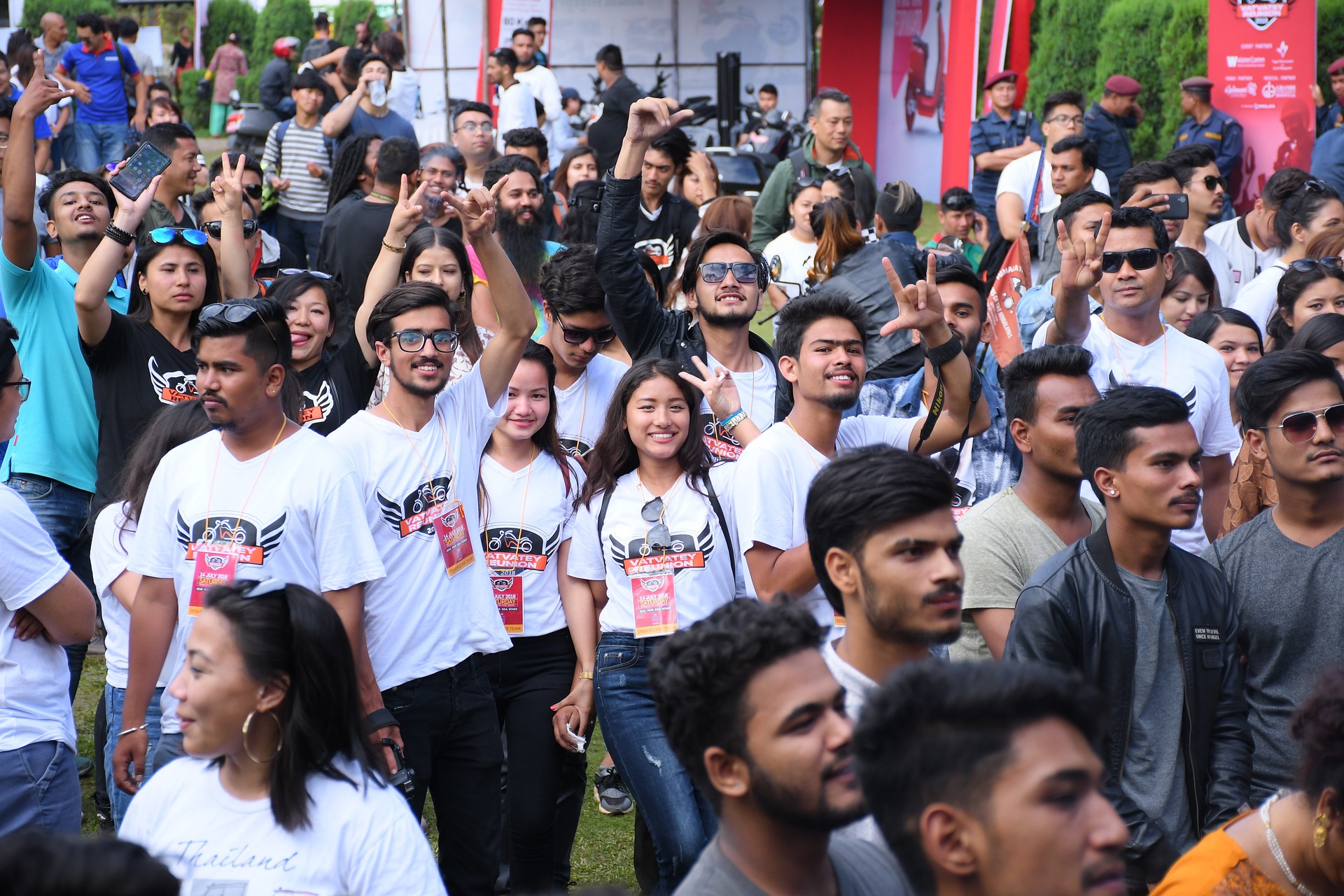
Howard Moskowitz is a PhD from Harvard in Psychophysics, which means Howard is very interested in measuring things. After graduating he set up shop in White Plains, New York. One of his first clients in the early 1970s was Pepsi. Pepsi came to Howard and they said, you know, there’s this new thing called aspartame, and we would like to use it to make Diet Pepsi. So Pepsi hired Howard to measure the perfect amount of aspartame that should be put into each can of Diet Pepsi, in order to have the perfect drink.
Pepsi told him, there’s a bandwidth between 8 and 12% for aspartame. Anything below 8% sweetness is not sweet enough, anything above 12% sweetness is too sweet. Howard’s assignment was literally to find the sweet spot between 8 and 12. This seems like a very straightforward task. It simply required cooking an experimental batch of Pepsi, at every degree of sweetness – 8%, 8.1, 8.2, 8.3, all the way up to 12% – and then taste testing this with thousands of people. Then plot the results on a curve, and selecting the most popular concentration. Right? Really simple.
Howard does the experiment, and he gets the data back, and he plots it on a curve, and all the sudden he realizes it’s not a nice bell curve. In fact, the data doesn’t make any sense. It’s a mess. It’s all over the place. Now, most people in the world of testing food, as with all disciplines in life, are not dismayed when the data comes back a mess. They think, well, figuring out what people think about cola’s not that easy, maybe we made an error somewhere along the way. So, let’s just make an educated guess, and they simply go for the middle ground and they choose 10%, right in the middle. However, Howard is not so easily placated. Howard is a man of a certain degree of intellectual standards. A 10% ‘estimate’ was not good enough for him. This question about Diet Pepsi bedeviled him for years. And he would think it through and say, what was wrong? Why could we not make sense of this experiment?
And one day, he was sitting in a diner in White Plains, and suddenly, like a bolt of lightning, the answer came to him. He realized that when they analyzed the Diet Pepsi data, they were asking the wrong question. They were looking for the perfect Pepsi, and they should have been looking for the perfect Pepsis. Now why is that important?
Howard proved with the Diet Pepsi study and then later with studies on coffee, pickles, Prego, and other food products that people really don’t know what they want! As Howard loves to say, “The mind knows not what the tongue wants.” And a critically important step in understanding our own desires and tastes is to realize that we cannot always explain what we want deep down. For example, if 100 people were asked, what do you want in a coffee? Nearly everyone would say “I want a dark, rich, hearty roast.” It’s what people normally say when you ask them what they want in a coffee. However, what percentage of people actually like a dark rich hearty roast? According to Howard, somewhere between 25 and 27%. Most people actually like milky, weak coffee. But few people will ever say to someone who asks, “I prefer a milky, weak coffee.”
By studying foods and tastes, Howard confronted the thought that people in the food/cooking world were looking for taste universals. They were looking for one way to treat all of us. Now it’s logical in the 20th century for them to be obsessed with the idea of universals, because all of science – through the 19th century and much of the 20th centuries was obsessed with universals. Psychologists, medical scientists, economists, were all interested in finding out the rules that govern the way all of us behave. But that changed.
In the past 20-25 years there’s been a great revolution in every major area of discipline of life and work; business, government, education, media, science, the arts – all but the church. Central to this shift is the movement away from the search for universals to the understanding of variability.
Howard points out that when we pursue universal principles, we aren’t just making an error; we are actually doing ourselves a massive disservice. This a beautiful lesson that applies to missions—that in embracing the diversity of human beings, we will find a better way to greater godliness and greater effectiveness.
This is the power of networking. This is why OPEN is and will always be a network. We understand that each of us is unique; unique in our giftings, backgrounds, experiences, education and calling. We do not have a cookie cutter approach to people. We do not set one-size fits all standards in our dealings with one another, whether that be doing internships, coaching, setting up a business, etc. Through understanding our core values, we strive to recognize the diversity among us—the unique giftings, education, experiences, that God has given each one of us. This means we must embrace one another’s uniqueness in Jesus and practice the New Testament “one another’s” in our midst of this understanding, rejoicing in our unique qualities so as to maximize the glory of Jesus both in our lives and through our lives.
![]()
PATRICK LAI and his family have worked in SE Asia for over 37 years. His experience in doing business with Jesus has brought him to understand the meaning of work and worship in the marketplace. He started 14 businesses in four countries, six of which are still operating. Patrick and his wife, May, mentor and coach businesspeople working where there are few or no Christians. Check out Patrick’s latest book, Workship, now available in paperback and e-book.
